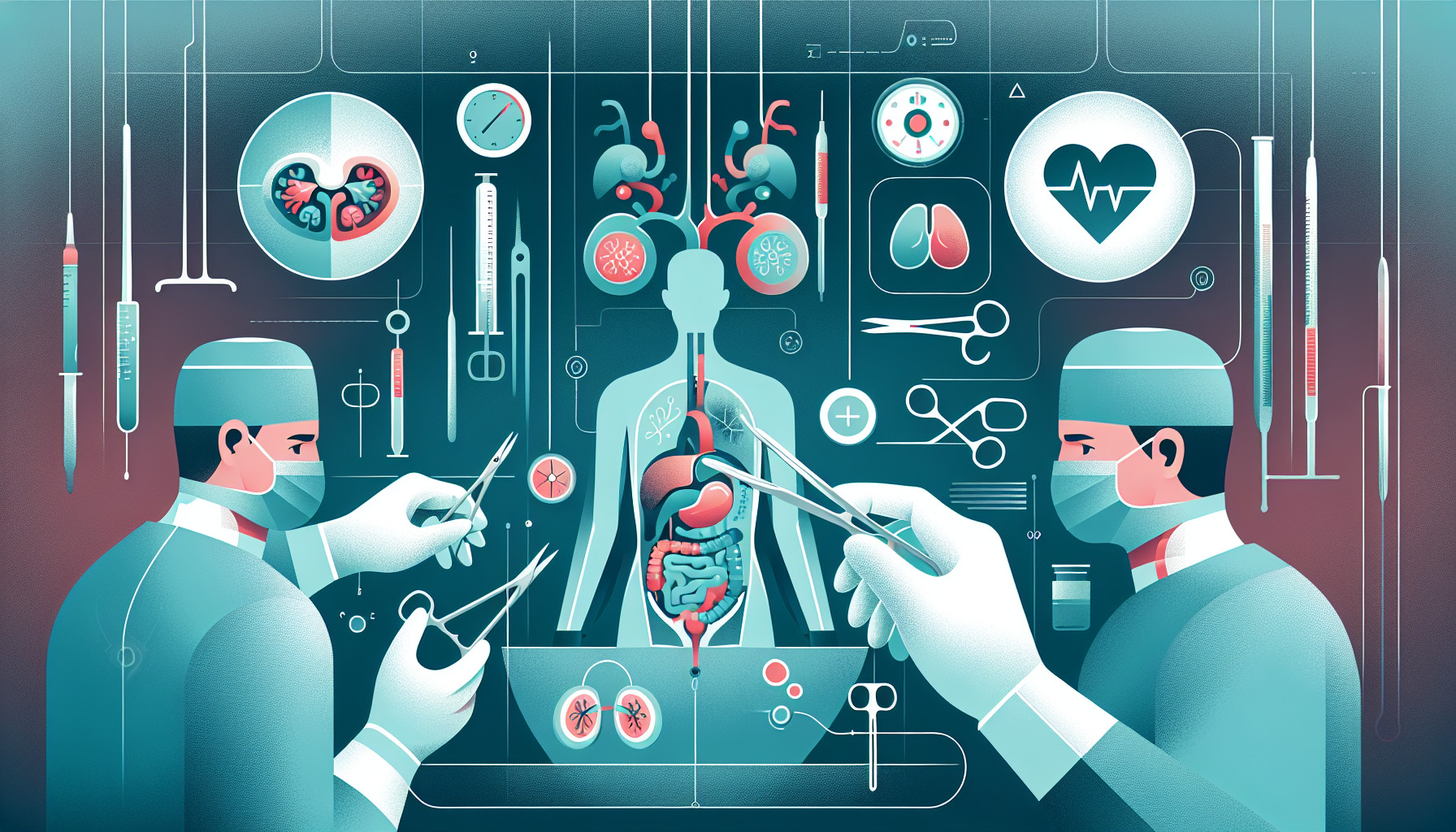Our Summary
This research paper explores the use of biodegradable scaffolds with cells taken from a patient’s own body to repair damaged urinary tract tissues. However, if the cells are taken from a person with organ damage due to infection, birth defects, or cancer, it can result in unhealthy cells and harm the site from where the cells were taken. As a solution, the use of stem cells derived from urine is being considered. These cells can transform into cells that line the urinary tract and muscle cells. However, the process of using these cells to reconstruct the urinary tract is complex because it takes place in an environment filled with urine, which can be harmful to the cells and scaffolds due to its toxic nature. Therefore, the process needs to be carefully designed and precautions need to be taken.
FAQs
- What is the main focus of this research paper about pediatric urologic reconstruction?
- Why is using cells from a patient with organ damage potentially harmful for urinary tract tissue repair?
- How does the use of urine-derived stem cells mitigate some of the risks associated with using a patient’s own cells for urinary tract reconstruction?
Doctor’s Tip
A doctor might advise a patient undergoing pediatric urologic reconstruction to follow post-operative care instructions closely, including keeping the surgical site clean and dry, avoiding strenuous activities, and taking prescribed medications as directed. It is important for the patient to attend all follow-up appointments to monitor healing and address any concerns. Additionally, the doctor may recommend maintaining a healthy lifestyle, including staying hydrated and eating a balanced diet, to support the body’s healing process.
Suitable For
Patients who are typically recommended pediatric urologic reconstruction are those with congenital abnormalities such as hypospadias, vesicoureteral reflux, bladder exstrophy, and posterior urethral valves. These conditions can lead to urinary tract dysfunction and require surgical intervention to improve or restore normal urinary function. Additionally, patients with traumatic injuries to the urinary tract or complications from previous surgeries may also benefit from pediatric urologic reconstruction. Overall, patients who have structural or functional abnormalities of the urinary tract that significantly impact their quality of life are candidates for pediatric urologic reconstruction.
Timeline
Before pediatric urologic reconstruction:
- Diagnosis of urinary tract issue such as infection, birth defects, or cancer.
- Consultation with a pediatric urologist to discuss treatment options.
- Evaluation of the patient’s condition through imaging tests and physical examinations.
- Decision to proceed with urologic reconstruction surgery.
- Pre-operative preparation including fasting, medical history review, and anesthesia consultation.
After pediatric urologic reconstruction:
- Surgical procedure to repair the damaged urinary tract tissues using biodegradable scaffolds and stem cells derived from urine.
- Post-operative recovery in the hospital with monitoring for any complications.
- Follow-up appointments with the pediatric urologist to monitor healing progress and address any concerns.
- Rehabilitation and physical therapy to regain urinary function and mobility.
- Long-term follow-up care to ensure the success of the reconstruction and monitor for any potential complications.
What to Ask Your Doctor
What are the potential risks and benefits of pediatric urologic reconstruction using biodegradable scaffolds and cells from the patient’s own body?
Are there alternative treatments or procedures available for pediatric urologic reconstruction that should be considered?
What specific qualifications and experience do you have in performing pediatric urologic reconstruction procedures with biodegradable scaffolds and cells?
What is the success rate of pediatric urologic reconstruction using biodegradable scaffolds and cells in your practice?
How long is the recovery process for pediatric urologic reconstruction using biodegradable scaffolds and cells?
Are there any potential long-term complications or side effects associated with pediatric urologic reconstruction using biodegradable scaffolds and cells?
How will the use of stem cells derived from urine for pediatric urologic reconstruction impact the overall success of the procedure?
What precautions will be taken to ensure the safety and effectiveness of using stem cells derived from urine for pediatric urologic reconstruction in an environment filled with urine?
Are there any specific post-operative care instructions or follow-up appointments that are necessary for pediatric patients undergoing urologic reconstruction using biodegradable scaffolds and cells?
What is the expected timeline for seeing improvements in urinary tract function and overall quality of life following pediatric urologic reconstruction with biodegradable scaffolds and cells?
Reference
Authors: Abbas TO, Ali TA, Uddin S. Journal: Cells. 2020 Feb 26;9(3):538. doi: 10.3390/cells9030538. PMID: 32110928
